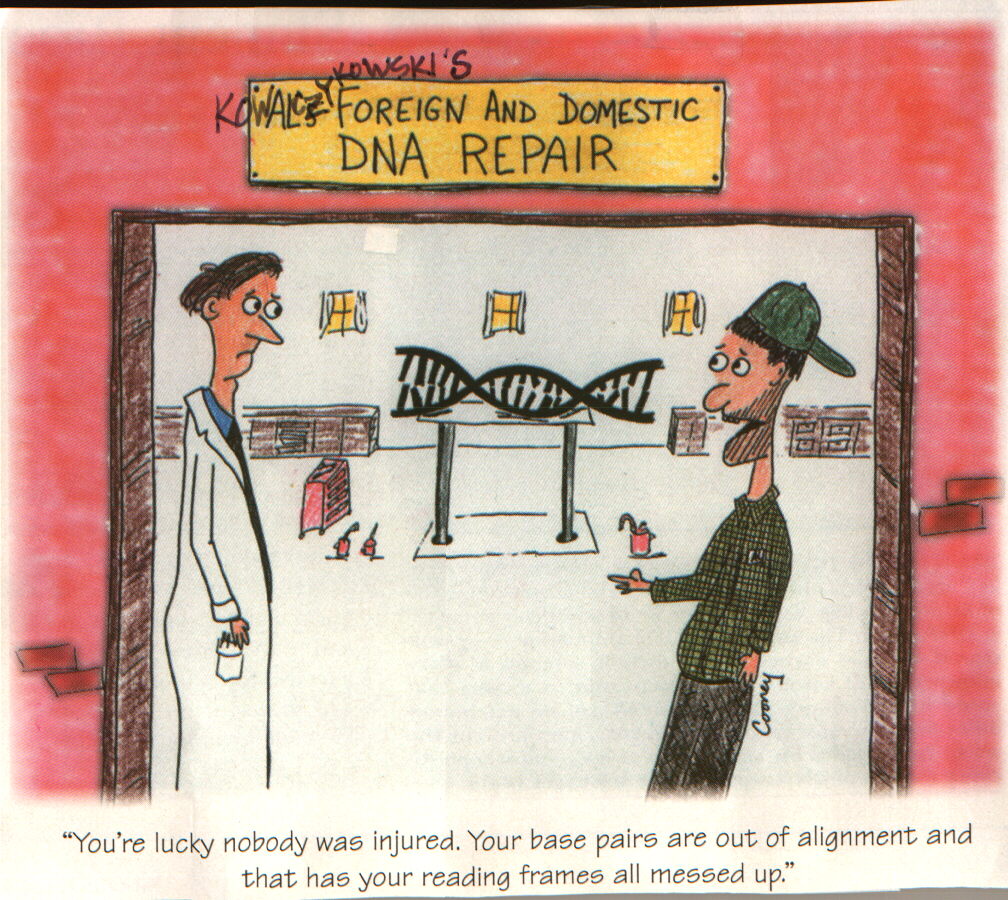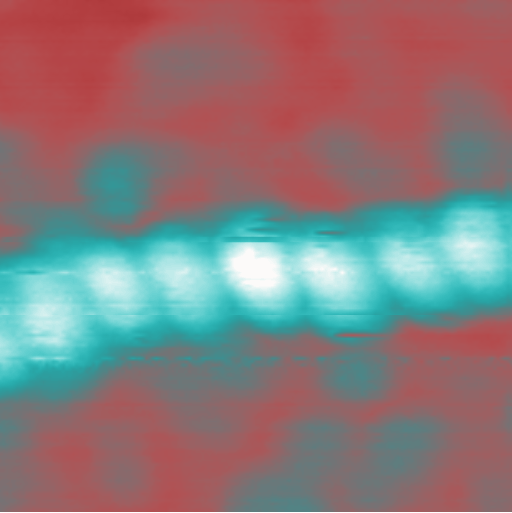|



| |
| Our research is focused on the molecular
mechanisms of genetic recombination, with the long-term objective being the reconstitution
of in vitro systems that accurately reproduce the cellular processes. We are
characterizing the biochemical properties of proteins essential to homologous
recombination, in prokaryotes, eukaryotes, and Archaea. |
 |
| In E. coli, the RecA, RecBCD,
RecQ, RuvABC, and SSB proteins, and a specific DNA sequence called Chi, are essential to
homologous recombination. The RecA protein possesses the unique ability to pair homologous
DNA molecules and to promote the subsequent exchange of DNA strands. Since RecA protein is
the prototypic DNA strand exchange protein, we are interested in the biochemical mechanism
of protein-mediated recognition and exchange of homologous DNA strands. The RecBCD enzyme
is both a DNA helicase and a nuclease with the remarkable properties that its nuclease
activity, but not its helicase activity, is attenuated by interaction with the Chi
sequence, and that it will actively load RecA protein onto ssDNA. RecQ protein is a
helicase that can also effect recombination events. SSB protein is an ssDNA binding
protein that stimulates the activities of RecA, RecBCD, and RecQ proteins by virtue of its
ability to bind ssDNA. Recently, we reconstituted an in vitro pairing reaction that
requires the concerted action of each of these proteins; the role of each protein in this
reaction is under investigation. |
RecA protein-dsDNA complex imaged by atomic force
microscopy (AFM): |
| We are also studying the biochemistry of
homologous recombination in the yeast, S. cerevisiae and the archaeon, S.
solfataricus. Rad51 and RadA proteins are the RecA protein homologues, respectively.
In yeast, at least three ancillary proteins are needed for Rad51 protein-mediated DNA
strand exchange: these include the RP-A, Rad52, and Rad54 proteins. We are studying the
mechanism of these reconstituted reactions. |
|
|
